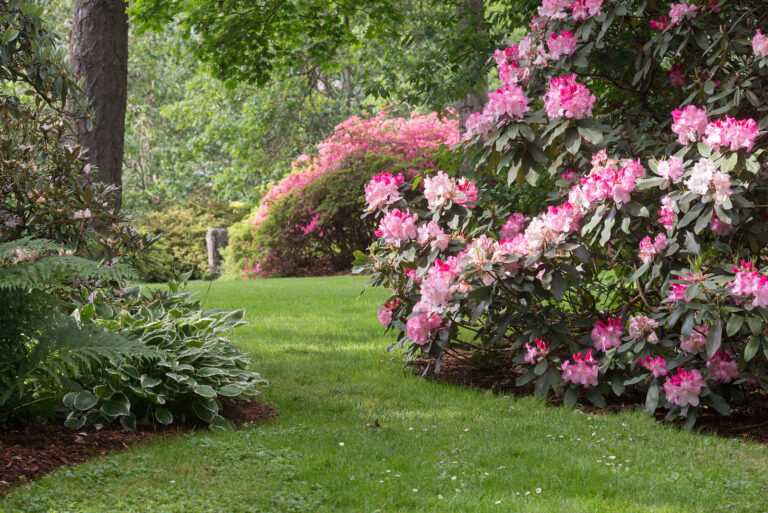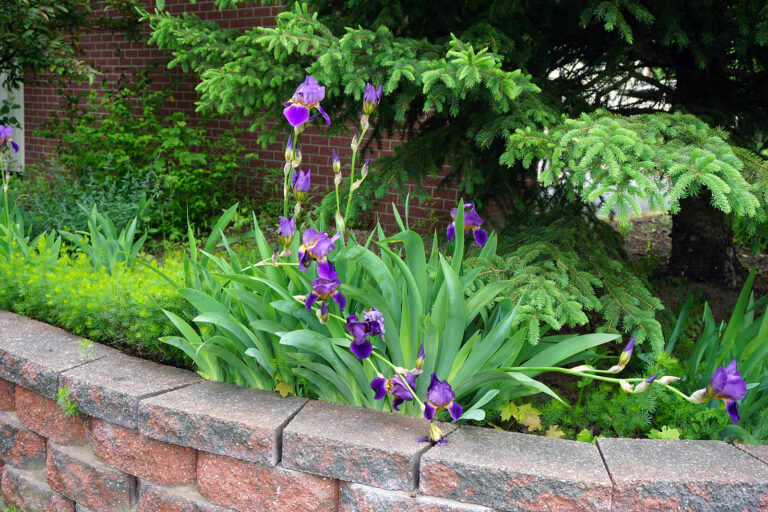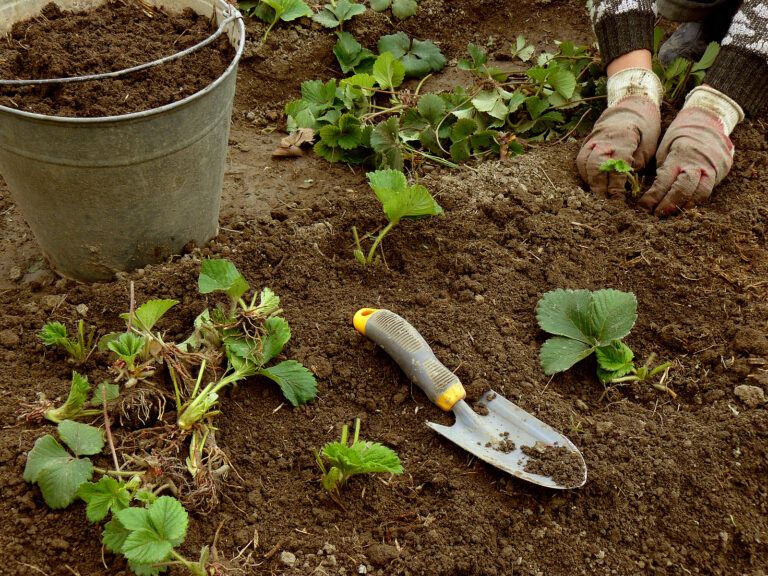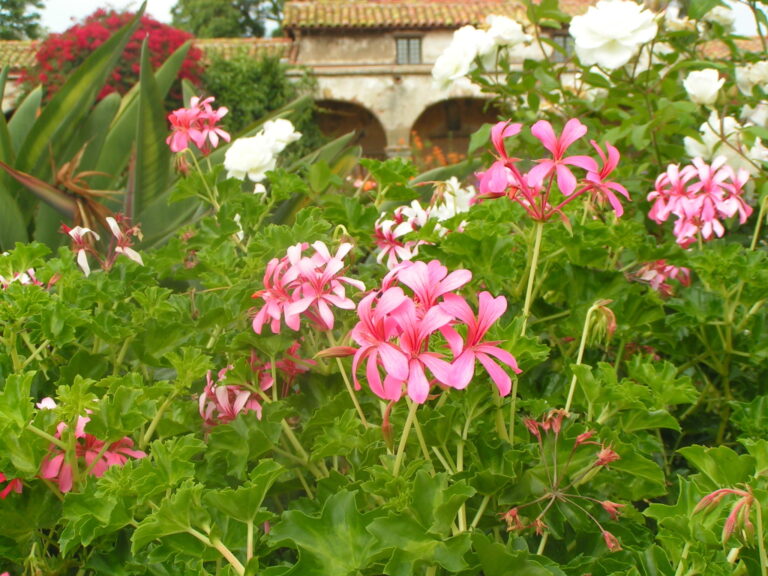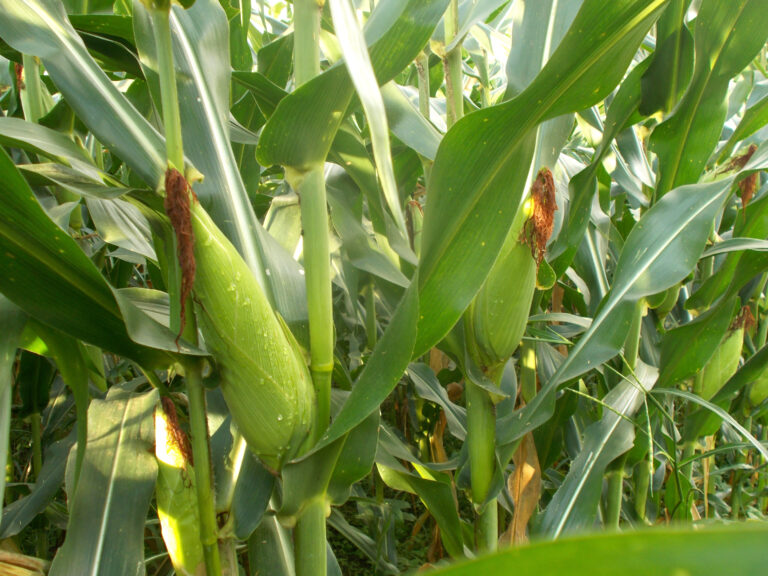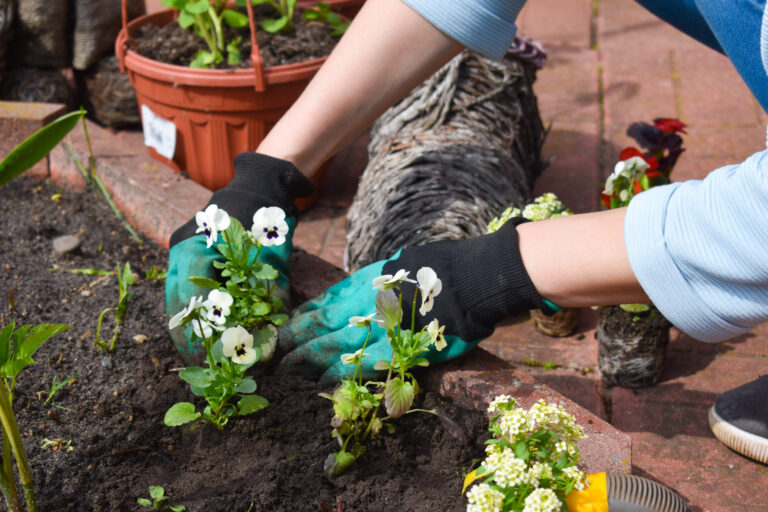Planting Tomatoes for a Long Harvest
If you’ve ever found yourself with an overwhelming flood of ripe tomatoes all at once—or worse, a garden that stops producing too soon—there’s a simple strategy to keep your harvest going strong. By planting multiple tomato varieties with different maturity dates, you can enjoy a continuous supply of fresh, flavorful tomatoes from early summer until the first frost.
As a seasoned gardener, I’ve learned that timing is everything when it comes to maximizing a tomato harvest. Early-season varieties give you a jump start on the season, midseason tomatoes keep the momentum going, and late-season types ensure you’re still picking fresh fruit when others’ gardens have long stopped producing. With a little planning, you can avoid gaps in production and get the most out of your tomato plants—all without the extra work of succession planting. In this guide, I’ll share how this method works, the best varieties to choose, and why this approach leads to healthier, more productive plants.
What To Do
At planting time, plant several tomato varieties with differing maturity dates. Plant early harvest, midseason harvest, and late season varieties all at the same time. You will have a continuous harvest without the succession of plantings.
Planting multiple tomato varieties with different maturity dates is a smart way to extend your harvest throughout the season without the need for successive plantings. By selecting early, midseason, and late-season tomato varieties, you can ensure a steady supply of fresh tomatoes from the beginning of summer until the first frost.
How This Strategy Works
When you plant all your tomato varieties at the same time, they will begin growing under the same conditions but will mature at different rates. Early-season varieties start producing fruit quickly—often in as little as 50-60 days—giving you a head start on your harvest. Midseason varieties follow soon after, typically maturing in 70-80 days, while late-season tomatoes take longer, around 80-100 days, but often yield larger or more flavorful fruits.
Selecting the Right Varieties
Here’s a breakdown of some excellent tomato varieties to plant for a staggered harvest:
- Early-season tomatoes (50-65 days to maturity):
- ‘Early Girl’ – Reliable and fast-maturing with good flavor.
- ‘Stupice’ – A cold-tolerant variety that produces small, sweet tomatoes.
- ‘Glacier’ – Produces fruit even in cooler conditions.
- Midseason tomatoes (70-80 days to maturity):
- ‘Celebrity’ – A disease-resistant variety with good yield.
- ‘Better Boy’ – Known for large, juicy tomatoes.
- ‘Cherokee Purple’ – A popular heirloom with deep, rich flavor.
- Late-season tomatoes (80-100+ days to maturity):
- ‘Brandywine’ – A classic heirloom with large, flavorful fruit.
- ‘Mortgage Lifter’ – Huge beefsteak tomatoes with excellent taste.
- ‘San Marzano’ – A favorite for making sauce and paste.
Benefits of This Planting Strategy
- Continuous Harvest: Instead of getting overwhelmed with a single large crop, you’ll enjoy a steady supply of tomatoes for fresh eating, cooking, and preserving.
- Less Work Over Time: Unlike succession planting, where you plant new tomatoes every few weeks, this method allows you to plant once and harvest over an extended period.
- Disease Management: By planting different varieties, especially those with disease resistance, you reduce the risk of losing your entire crop to a single outbreak.
- Better Use of Space: Early-season tomatoes will finish producing before late-season varieties reach peak growth, allowing you to maximize garden space efficiently.
If you have limited garden space, try growing a mix of determinate (bush) and indeterminate (vining) varieties. Determinate types will give you an early and midseason harvest in a compact form, while indeterminate types will continue producing well into fall.
By planning your tomato plantings this way, you’ll enjoy delicious homegrown tomatoes for months without the extra work of replanting. 🌱🍅
Tomato Growing Hub
Start here: The Ultimate Tomato Growing Guide: From Seed to Harvest
Growing Tips
- Getting Started with Tomatoes: A Gardener’s Guide to Success
- How to Choose a Tomato for Your Garden
- Growing Early-Season Tomatoes for Great Taste
- Heirloom and Hybrid Tomatoes
Planting Tips
- Tomato Seed Starting Tips
- Mastering Tomato Seed Starting: How to Grow Strong and Healthy Plants Indoors
- When to Plant Tomatoes: A Gardener’s Guide to Timing and Success
- Plant Tomatoes for a Thriving Crop: Sun, Soil, and Spacing
- How to Transplant Tomato Seedlings: A Gardener’s Guide
- Growing Tomatoes in Containers
Tomato Care
- Watering and Feeding Tomatoes: Expert Tips for a Healthy, Productive Crop
- Best Ways to Support Your Tomato Plants
- Pinching and Pruning Tomatoes: A Gardener’s Guide to Healthier, More Productive Plants
- How to Prune Tomatoes
- Grow Tomatoes on Stakes
- Best Companion Plants for Thriving Tomatoes: What Works & What to Avoid
Pest & Disease Control
- Tomato Growing Problems: Pests, Diseases, and Solutions
- How to Prevent Blossom Drop — Tomatoes and Peppers
- How to Identify Early Blight, Late Blight, and Leaf Spot on Tomatoes
Harvest & Preparation
- When and How to Harvest Tomatoes for the Best Flavor
- How to Ripen Tomatoes
- Planting Tomatoes for a Long Harvest
- Planting Tomatoes for a Fall Harvest: How to Grow Fresh Tomatoes Before Frost
- Tomato Flavor Explained
- Nine Ways to Cook and Serve Tomatoes
Garden Planning Books at Amazon:
- Tomato Grower’s Answer Book
- Vegetable Garden Almanac & Planner
- Kitchen Garden Grower’s Guide Vegetable Encyclopedia
- Vegetable Garden Grower’s Guide
Books to help you grow:


